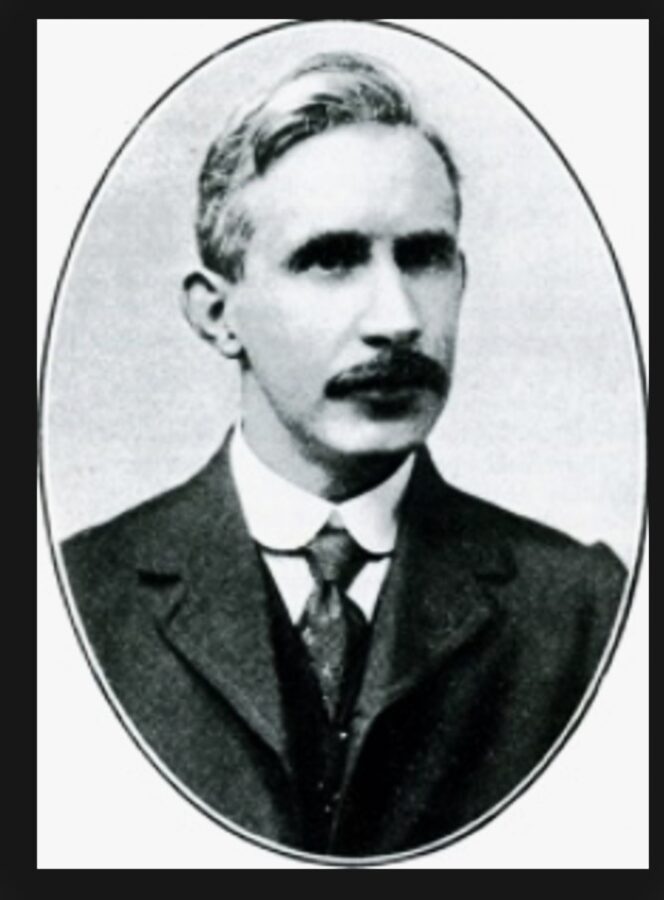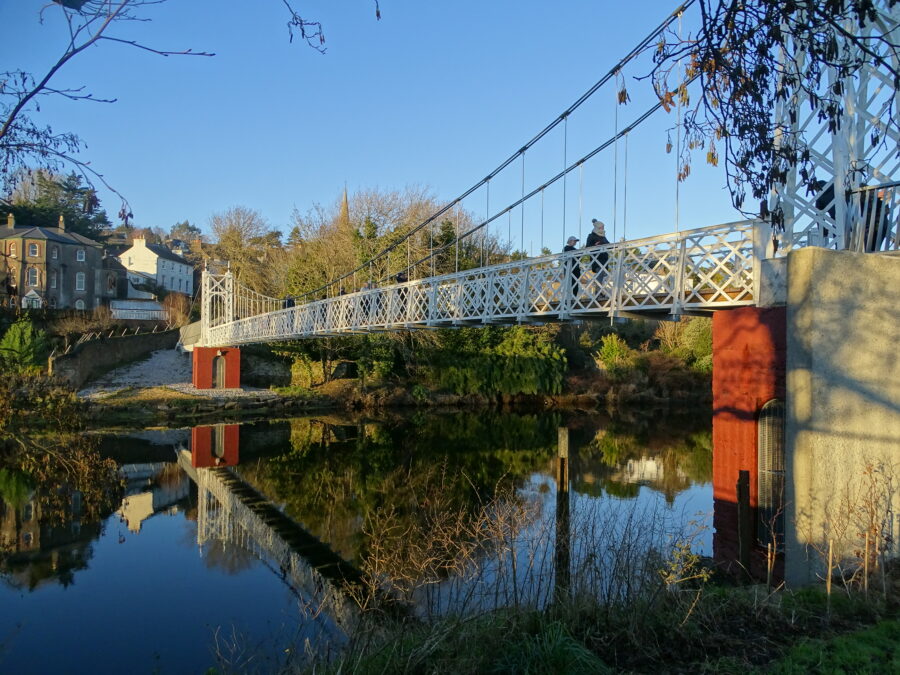
Kieran’s Our City, Our Town Article,
Cork Independent, 16 May 2024
Making an Irish Free State City – Daniel Corkery’s The Hidden Ireland
In recent weeks a conference on the life and work of Cork-born writer Daniel Corkery took place. His book, The Hidden Ireland, which was published one hundred years ago in 1924 at its heart was about rejuvenating a discussion on national identity and the place of the Irish language. Daniel was a frequent presenter giving public talks on aspect of the Irish language in Cork in the 1920s. He certainly added to the mix of debates on the culture of the emerging Irish Free State.
A great book by Patrick Maume, entitled Life that is Exile: Daniel Corkery and the Search for Irish Ireland (1993) outlines Daniel’s life. Daniel was born in Cork on 14 February 1878 and was one of five children. His father, William Corkery, represented the fifth generation of Corkery carpenters in Cork. Daniel’s early years were spent at the Presentation Brothers’ South Monastery where he became a scholarship and became a monitor. He was a senior pupil helping to supervise classes as an apprentice teacher. Daniel also suffered from a bone deformity, which left one leg shorter than the other and a stutter, which he cured by self-discipline.
Daniel’s cultural nationalism was deeply influenced by the works of John Ruskin (1819-1900) and Robert Blatchford (1851-1943). John Ruskin was one of the greatest figures of the Victorian age, poet, artist, critic, social revolutionary and conservationist. It was Robert Blatchford’s journalistic experience of working-class life that turned Blatchford into a socialist.
Daniel became a social radical and was always more interested in cultural revival, consistently noting that social regeneration would follow. It was at this point that Corkery moved from a supporter of socialism and joined the Gaelic League in 1901. His view that the Irish language, which he associated with days of poverty and ignorance, began to change. Daniel began to teach himself Irish initially to fulfil his romantic antiquarianism side and also discovered that the language survived in ways that he did not suspect.
By 1908, Daniel was now a fully-fledged national teacher. At this time, the Gaelic League struggled to survive with members dropping out. Daniel also feared that the League would transform into an active political mass movement and further financial resources would be drained. Hence Daniel, like many other members of the Gaelic League, gave up his spare time to teach classes two evenings a week without pay while knowing almost as little Irish. In 1907 he taught candidates for the first part of the five stage Fleming Companionship in learning the Irish Language. He was studying for the second stage and begun reading many books in Irish.
In the autumn of 1913 Daniel transferred to St Patrick’s National School in Montenotte. He taught the boys drawing, training them to use their eyes by getting them to describe what they had seen on the way to school. He organised a school hurling club, buying red and green jerseys. He taught the boys Irish after school hours. One of his pupils, Michael O’Donovan, who became the writer Frank O’Connor, saw him as a substitute father. Another, Seamus Murphy, the future Cork sculptor, got some sheets of paper and followed Corkery when he went off sketching while the boys played hurling. Daniel Corkery took an interest in him and later helped to get him into the school the Cork School of Art.
Patrick Maume’s book highlights that A Munster Twilight was Daniel’s first collection of short stories. The book was well received on its appearance in December 1916 because of its quiet, evocative style and its reverent handling of patriotic and religious themes. The publication of the Threshold of Quiet in 1917 confirmed his reputation amongst his literary peers.
Before the Easter rising Daniel supported the Volunteers, but he saw no alternative to Sinn Féin’s political leadership and was surprised with many others with the advent of the Easter 1916 rising. After the rising the Gaelic League became a focus for separatist activity; language classes were full, and many league activists became prominent in Sinn Féin. At first Daniel feared the rise of Sinn Féin might swamp the cultural movement. His friend Terence MacSwiney urged him to write only in Irish. Daniel continued to write his stories in English, since he could not handle Irish idiom well enough to write them in Irish. He did begin writing occasional articles in Irish.
Daniel related his concerns to the new situation by the belief that the Gaelic League had prepared the way for Sinn Féin; his stories of the period present the War of Independence as a struggle to recover the Gaelic tradition. His beliefs were further reinforced by the presence of his friends and fellow Gaelic Leaguers such as Tomás MacCurtain and Terence MacSwiney in Sinn Féin and the IRA. Their deaths Tomás shot in his home by a death squad, Terence dying on hunger strike in Brixton Prison affected Daniel deeply.
In 1918 Daniel resigned his teaching post after being passed over for the headmastership because of his political views. He became a travelling instructor in Irish and Woodwork for the Cork County Technical Instruction Committee. His literary reputation led to the offer of a Sinn Féin candidacy in the 1918 General Election. Daniel felt that he was not suited to political life and he declined the nomination.
During the War of Independence Daniel was disqualified from fighting by his lameness. He remained in Cork writing to the papers in support of the Republicans and continuing to work as a travelling teacher while he wrote The Hidden Ireland. The book, written in 1924, laments the destruction of Gaelic civilisation, where the poet had a recognised place in society.
Kieran’s Upcoming Walking Tour:
Saturday, 18 May, Ballinlough – Standing Stones, Quarries and Suburban Growth; meet at Ballintemple Graveyard, Temple Hill, 11am (free, two hours, no booking required).
Caption:
1253a. Portrait of Daniel Corkery, c.1920 (picture: Cork City Library).
